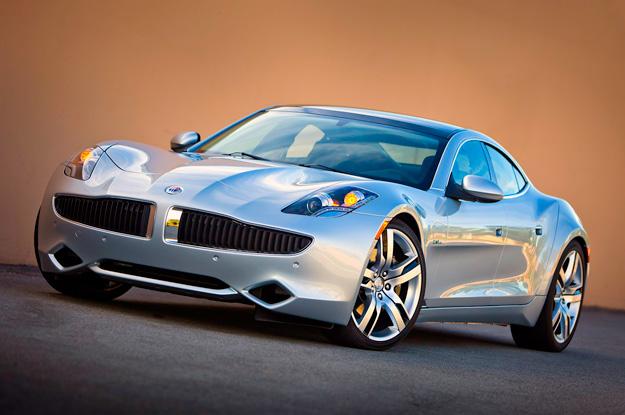
Oh boy, is it really starting to heat up.
U.S. Auto safety regulators are now opening up a formal investigation into a garage fire that subsequently engulfed and destroyed a $100,000 Fisker Karma plug-in hybrid last week in Sugar Land, Texas, reports Bloomberg.
Up until this point, the actual cause of the fire has remained elusive. Individuals like EV expert John Bereisa, who was the chief engineer of General Motor’s EV1, systems architect of the Chevrolet Volt, and current CEO of Auto Letrification, suggested the Karma’s cramped engine bay was to blame, which seemed to coincide with initial reports from local fire inspectors citing the fire originated from the Karma.
Unsurprisingly, Fisker fired back and quickly refuted any accusations suggesting the blaze originated from the company’s extended-range plug-in luxury hybrid. Representatives from the Anaheim-based automaker said that the Karma couldn’t have been the culprit for a number reason; chief among them was the fact that the Karma in question was purchased after the recall of Karma models with faulty battery packs supplied by A123 Systems.

Regardless, we still don’t know what caused the incident. Was the Karma to blame? Did the batteries somehow get set ablaze while simply sitting in that sweltering Texas heat? We simply don’t know — and we might never.
It’s now being reported that National Highway Traffic Safety Administration is launching a formal investigators to help uncover the mystery and help shed light on what actually occurred.
According to Claude Harris, the agency’s director of vehicle safety compliance, the NHTSA is “conducting an ongoing field inquiry for an EV incident in Texas…we are still engaged in that activity, and no determination has been made at this time.” In other words, don’t expect any answers to crop up just yet.
Of course this isn’t the first investigation the NHTSA has undertaken with vehicles equipped with lithium-ion batteries. Last year the government agency determined that the cause of vehicle fire in North Carolina was not caused by an electric car, in addition to handling the highly publicized incident where a Chevrolet Volt caught fire three weeks after crash tests were performed on it.


